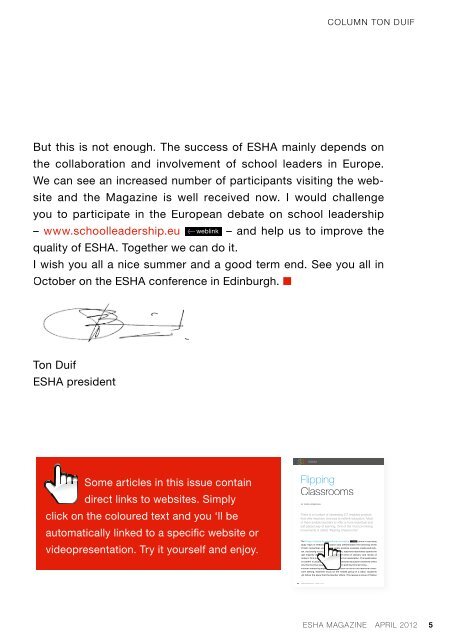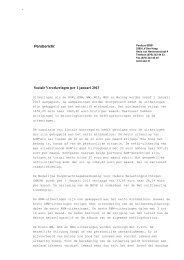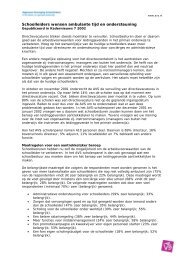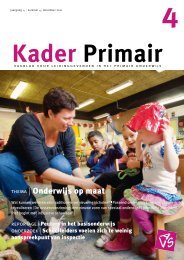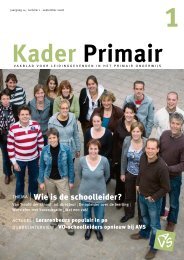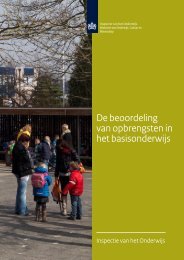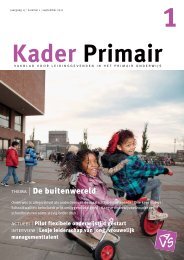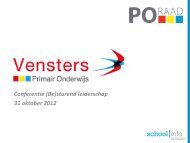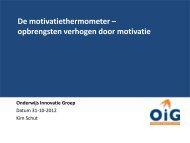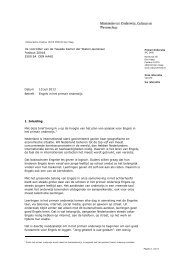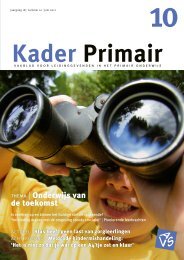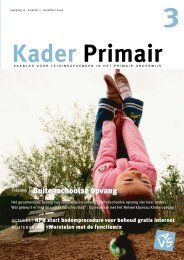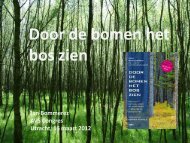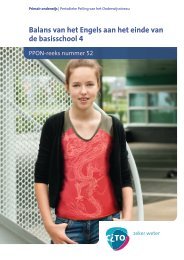ESHA Magazine April 2012.pdf
ESHA Magazine April 2012.pdf
ESHA Magazine April 2012.pdf
You also want an ePaper? Increase the reach of your titles
YUMPU automatically turns print PDFs into web optimized ePapers that Google loves.
62 <strong>ESHA</strong> MAGAZINE APRIL 2012<br />
COLUMN TON DUIF<br />
But this is not enough. The success of <strong>ESHA</strong> mainly depends on<br />
the collaboration and involvement of school leaders in Europe.<br />
We can see an increased number of participants visiting the website<br />
and the <strong>Magazine</strong> is well received now. I would challenge<br />
you to participate in the European debate on school leadership<br />
– www.schoolleadership.eu < weblink – and help us to improve the<br />
quality of <strong>ESHA</strong>. Together we can do it.<br />
I wish you all a nice summer and a good term end. See you all in<br />
October on the <strong>ESHA</strong> conference in Edinburgh. ■<br />
Ton Duif<br />
<strong>ESHA</strong> president<br />
ESSAY<br />
Some articles in this issue contain<br />
direct links to websites. Simply<br />
click on the coloured text and you ‘ll be<br />
automatically linked to a specifi c website or<br />
video presentation. Try it yourself and enjoy.<br />
Flipping<br />
Classrooms<br />
BY FRED VERBOON<br />
There is a number of interesting ICT enabled projects<br />
that offer teachers chances to rethink education. Most<br />
of them enable teachers to offer a more individual and<br />
self paced way of learning. One of the most promising<br />
movements is called “Flipping Classrooms”.<br />
The Friday Institute for educational innovation < weblink<br />
(www.fi.ncsu.edu)<br />
study ways of effective education and differentiates the following levels<br />
of rigor: remember, understand, apply, analyze, evaluate, create and publish.<br />
According to Dr Lodge McCammon, teachers traditionally spend the<br />
vast majority of the available classroom time on delivery and review of<br />
content. Only a small percentage is spent on application. This application<br />
of content is usually done at home. Traditional education therefore offers<br />
only the fi rst two levels in the class room and the third at home…<br />
Another interesting argument for innovation is that in the traditional classroom<br />
setting, teachers focus on the middle group of a class. Students<br />
just follow the pace that the teacher offers. This leaves a group of higher<br />
<strong>ESHA</strong> MAGAZINE APRIL 2012 5


